The excitement of building a new home often focuses on choosing countertops and paint colors, but there’s something equally important you can’t see: your indoor air quality (IAQ). With Americans spending approximately 90% of their time indoors, the quality of our indoor environment has never been more crucial for our health and well-being. Let’s explore why IAQ matters and how to create a healthy indoor environment in the home you’re building from day one.
Why Indoor Air Quality Matters in New Construction
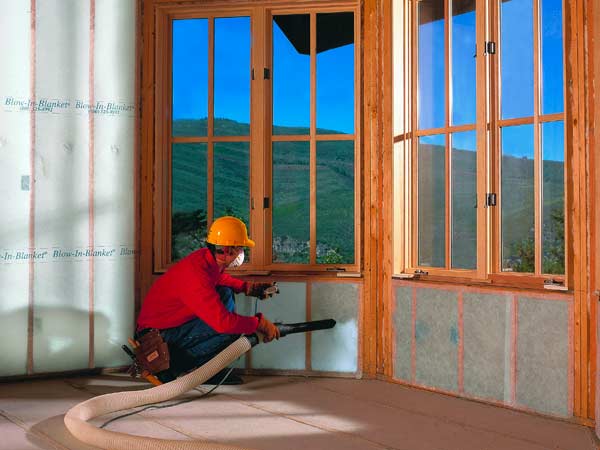
That “new home smell” many people love? Unfortunately, it’s often a sign of volatile organic compounds (VOCs) being released from building materials and finishes. These chemicals can have both short term and long-term health impacts that might not be immediately apparent.
Many manufacturers are working to eliminate harmful chemicals from their products. For example, fiberglass insulation was often made with asbestos or formaldehyde in years past but is now manufactured without either harmful chemical. Other insulations, such as cellulose insulation, are made from eco-friendly products like recycled paper and treated with boric acid, a common chemical found in many eye drops.
Sources of Indoor Air Pollutants in New Homes
Understanding where pollutants indoors come from is crucial for prevention. Building materials like paints, adhesives, and composite wood products can release harmful chemicals into your indoor environment. Improperly installed HVAC systems may also circulate both indoor and outdoor air pollutants throughout your home project.
Another significant concern is carbon monoxide from combustion appliances, which requires proper ventilation to maintain safe indoor and outdoor air exchange. Additionally, Maryland homes face potential exposure to radon gas, a naturally occurring radioactive gas that can affect outdoor air quality and seep into homes through foundation cracks.
Strategies for Building a Healthy Home
Material Selection
Start with choosing low-VOC paints, adhesives, and flooring materials. When selecting insulation, consider options like cellulose insulation, which offers excellent performance without harmful chemical binders. Natural materials generally contribute to better indoor air quality.
Proper Ventilation
Improving ventilation is also essential for maintaining healthy indoor air. Install an effective ventilation system that includes heat recovery ventilators (HRVs) to efficiently exchange stale indoor air with fresh outdoor air. Pay special attention to moisture-prone areas like bathrooms and kitchens to prevent mold growth.
Air Sealing and Insulation
Create a tight building envelope through proper air sealing, preventing unwanted air infiltration while controlling moisture. Quality insulation plays a crucial role in this process, with options like spray foam providing excellent air-sealing properties.
HVAC System Design and Installation
Work with qualified contractors to design and install an HVAC system that provides adequate filtration and ventilation. Consider using high-efficiency filters to remove smaller particles.
Moisture Control
Implement proper drainage and vapor barriers during construction to prevent future moisture problems that could lead to mold growth.
Radon Mitigation
If radon is a concern in your area, it’s important to incorporate radon-resistant construction techniques and consider installing a radon mitigation system to ensure you build a radon-resistant home.
Beyond Construction: Maintaining Healthy Indoor Air
Post-construction cleanup is crucial for removing construction dust and debris. Encourage future homeowners to establish a regular maintenance schedule for their HVAC system, including filter replacements, to ensure clean and efficient airflow. Practice source control by using low-VOC cleaning products and maintaining appropriate humidity levels to discourage mold and dust mites.
Harvard University’s Chan School of Public Health, frequently discusses how the quality of our indoor environment significantly impacts our daily health and well-being. They offer up some valuable tips on how to create a healthier home now and for the future.
Your Partner in Creating Healthy Homes
Building a new home presents a unique opportunity to create a healthy living environment from the ground up. By prioritizing indoor air quality during construction, you give future homeowners the ability to maintain it afterward and invest in their family’s health and comfort for years to come.
Consult with a qualified builder or IAQ specialist who understands the importance of improving indoor air quality. For more information about matters and how to improve your home building project’s air quality, visit the EPA’s Indoor Air Quality website. A future family’s health is worth the investment in proper planning and implementation of these crucial IAQ strategies.
At DeVere Insulation, we’re committed to creating safe, energy efficient homes for Baltimore families with the highest quality products and services. Contact us today to learn more about how insulation can improve your new home project’s indoor air quality and help create a healthy home environment.

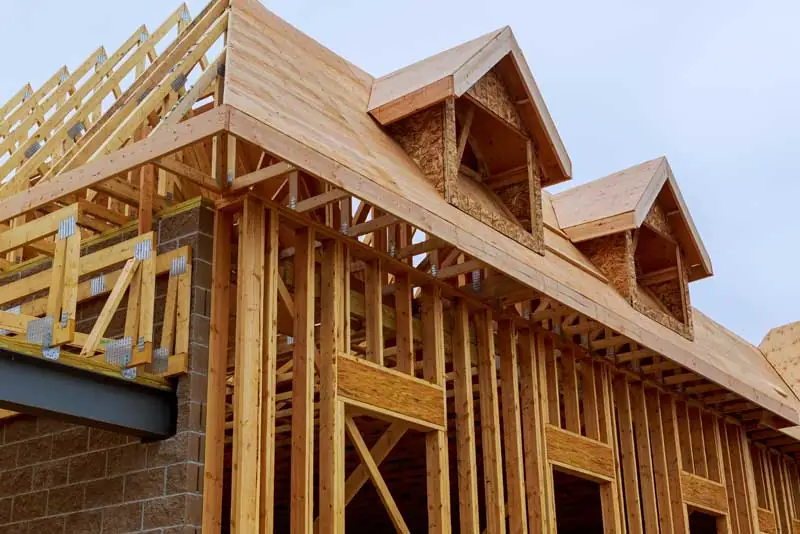
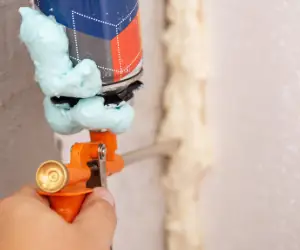
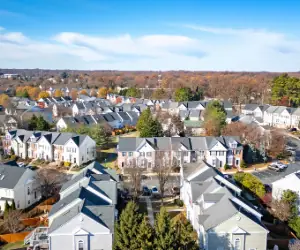
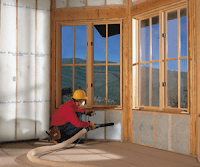
 Blown-in insulation, namely loose fill fiberglass insulation, achieves high R-values and can fully fill cavities, removing any voids. This creates a more effective thermal barrier against Baltimore’s
Blown-in insulation, namely loose fill fiberglass insulation, achieves high R-values and can fully fill cavities, removing any voids. This creates a more effective thermal barrier against Baltimore’s  One of the most common types of blown-in insulation is loose fill fiberglass insulation. It is a popular choice for both homeowners and builders thanks to its excellent thermal performance and fire resistance.
One of the most common types of blown-in insulation is loose fill fiberglass insulation. It is a popular choice for both homeowners and builders thanks to its excellent thermal performance and fire resistance.
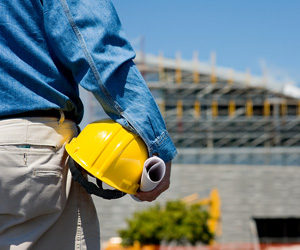 Building Science: Your Foundation for Success
Building Science: Your Foundation for Success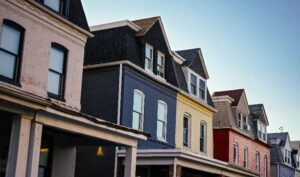 Baltimore’s iconic rowhouses present unique considerations:
Baltimore’s iconic rowhouses present unique considerations: At DeVere Insulation, we know that building comfortable, energy efficient homes in Baltimore isn’t just good for the environment–it’s good for business. By investing in building science, choosing the right subcontractors, and prioritizing proper installation of insulation and air sealing, you can reduce callbacks, boost your reputation, and create homes that truly satisfy.
At DeVere Insulation, we know that building comfortable, energy efficient homes in Baltimore isn’t just good for the environment–it’s good for business. By investing in building science, choosing the right subcontractors, and prioritizing proper installation of insulation and air sealing, you can reduce callbacks, boost your reputation, and create homes that truly satisfy.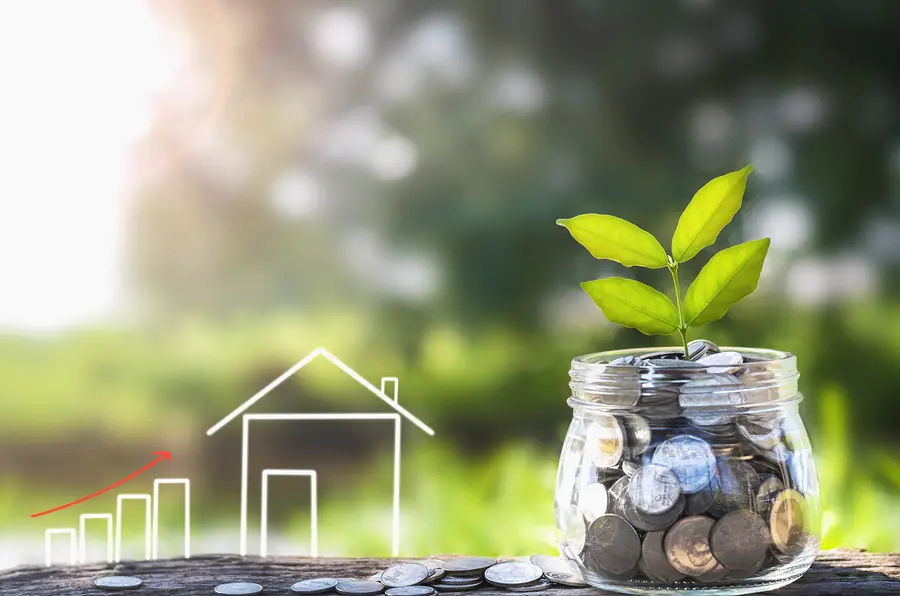

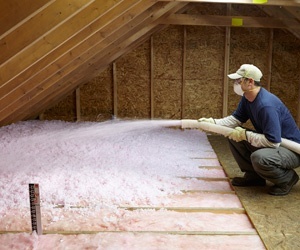

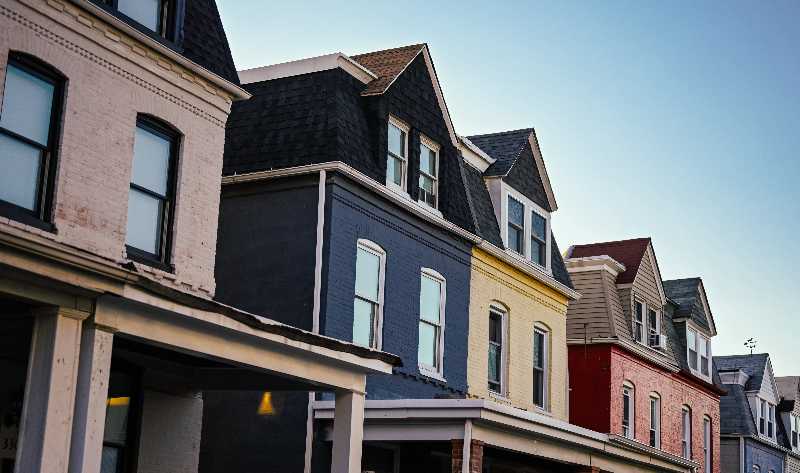


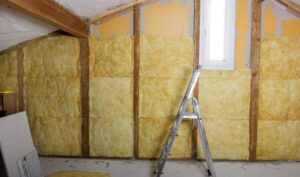 It’s clear the benefits of proper home insulation and air sealing extend far beyond regulating heating and cooling. They directly translate into cleaner indoor air, more stable temperatures, less noise disturbances, and a shield against outdoor toxins. Investing in quality insulation is an investment in your family’s comfort and well-being within the confines of your attractive new Maryland home.
It’s clear the benefits of proper home insulation and air sealing extend far beyond regulating heating and cooling. They directly translate into cleaner indoor air, more stable temperatures, less noise disturbances, and a shield against outdoor toxins. Investing in quality insulation is an investment in your family’s comfort and well-being within the confines of your attractive new Maryland home.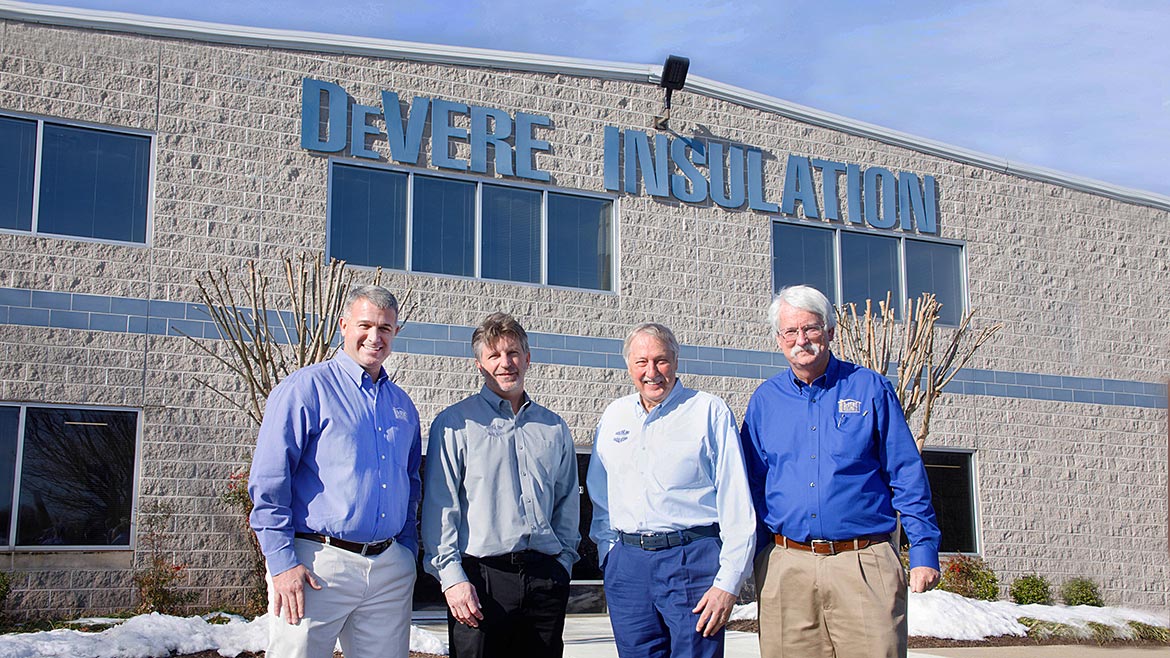
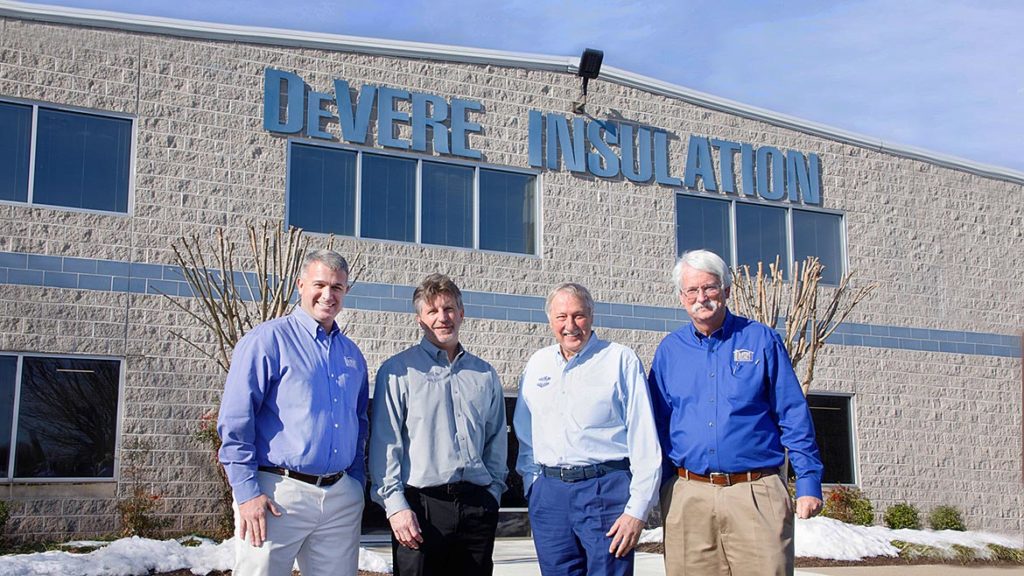
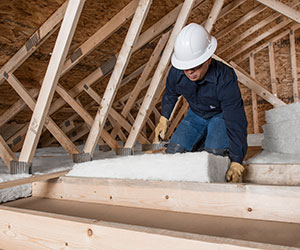
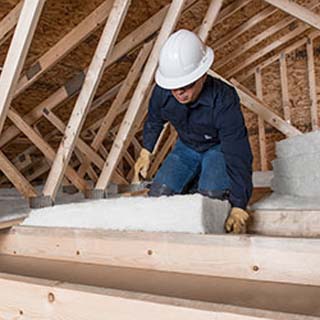
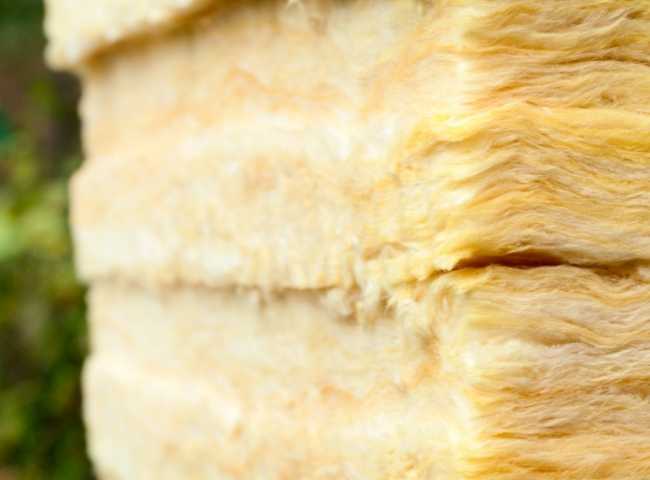
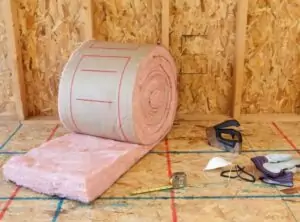 One of the most recognizable types of insulation used is fiberglass batt insulation with its cotton candy pink exterior. Batt insulation (also known as blanket insulation) is a form of insulation that comes in pre-cut, flat pieces, resembling a small blanket, and can be made from a variety of materials, including fiberglass and mineral wool. Ideal for both interior and exterior walls, attics, floors, and ceilings, it provides quality thermal performance, helps to reduce energy consumption, and maintains a comfortable indoor environment for you and your family. But is it the right insulation choice for your newly constructed home? Let’s explore everything there is to know about batt insulation to help you make an informed decision to meet your new home’s insulating needs.
One of the most recognizable types of insulation used is fiberglass batt insulation with its cotton candy pink exterior. Batt insulation (also known as blanket insulation) is a form of insulation that comes in pre-cut, flat pieces, resembling a small blanket, and can be made from a variety of materials, including fiberglass and mineral wool. Ideal for both interior and exterior walls, attics, floors, and ceilings, it provides quality thermal performance, helps to reduce energy consumption, and maintains a comfortable indoor environment for you and your family. But is it the right insulation choice for your newly constructed home? Let’s explore everything there is to know about batt insulation to help you make an informed decision to meet your new home’s insulating needs.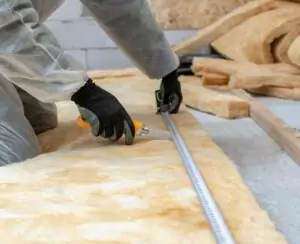 While having just anyone install batt insulation can be tempting, it’s important to consider the challenges and potential risks involved. A professional insulation installer understands proper installation techniques, safety precautions, and building codes. Without proper expertise it is easy to leave gaps that allow heat transfer, compress the insulation which reduces its effectiveness or create moisture buildup which can lead to mold and mildew.
While having just anyone install batt insulation can be tempting, it’s important to consider the challenges and potential risks involved. A professional insulation installer understands proper installation techniques, safety precautions, and building codes. Without proper expertise it is easy to leave gaps that allow heat transfer, compress the insulation which reduces its effectiveness or create moisture buildup which can lead to mold and mildew. 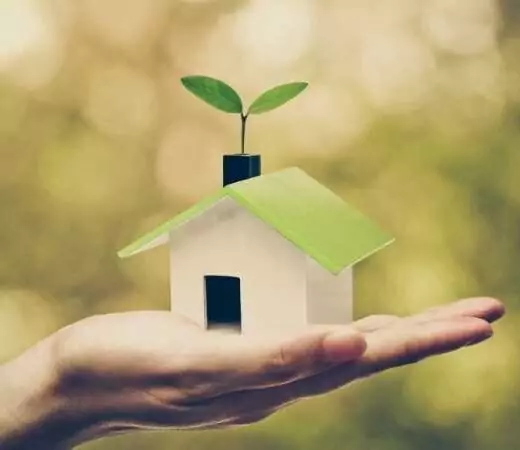 All insulation is eco-friendly, but batt insulation offers its own significant environmental benefits:
All insulation is eco-friendly, but batt insulation offers its own significant environmental benefits: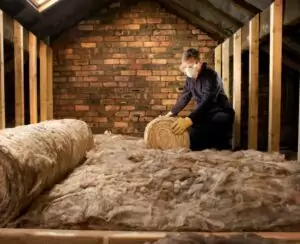 Batt insulation is a reliable insulation choice for your newly constructed Baltimore home that gives you peace of mind and numerous benefits, including affordability, improved thermal performance, energy efficiency, and enhanced comfort. To ensure proper installation and maximize batt insulation’s advantages, trust Maryland’s largest independent insulation contractor to do the job right. Our expertise in insulation installation and commitment to customer satisfaction make us the ideal choice for Baltimore residents seeking professional batt insulation services. Don’t compromise on comfort and energy savings,
Batt insulation is a reliable insulation choice for your newly constructed Baltimore home that gives you peace of mind and numerous benefits, including affordability, improved thermal performance, energy efficiency, and enhanced comfort. To ensure proper installation and maximize batt insulation’s advantages, trust Maryland’s largest independent insulation contractor to do the job right. Our expertise in insulation installation and commitment to customer satisfaction make us the ideal choice for Baltimore residents seeking professional batt insulation services. Don’t compromise on comfort and energy savings, 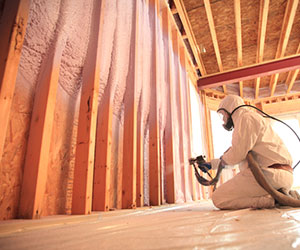
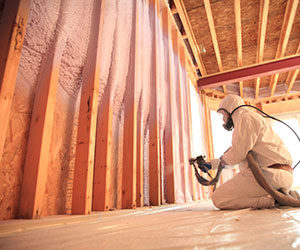 You’ve decided that
You’ve decided that  Ultimately, in the quest for optimal insulation, consulting with experienced professionals is indispensable. Don’t try and figure things out on your own. A qualified insulation contractor possesses the expertise to tailor recommendations to your specific climate zone, home layout, and insulation needs. By striking the perfect balance between efficiency and cost-effectiveness, you can transform your Maryland home into a haven of comfort and energy savings.
Ultimately, in the quest for optimal insulation, consulting with experienced professionals is indispensable. Don’t try and figure things out on your own. A qualified insulation contractor possesses the expertise to tailor recommendations to your specific climate zone, home layout, and insulation needs. By striking the perfect balance between efficiency and cost-effectiveness, you can transform your Maryland home into a haven of comfort and energy savings.